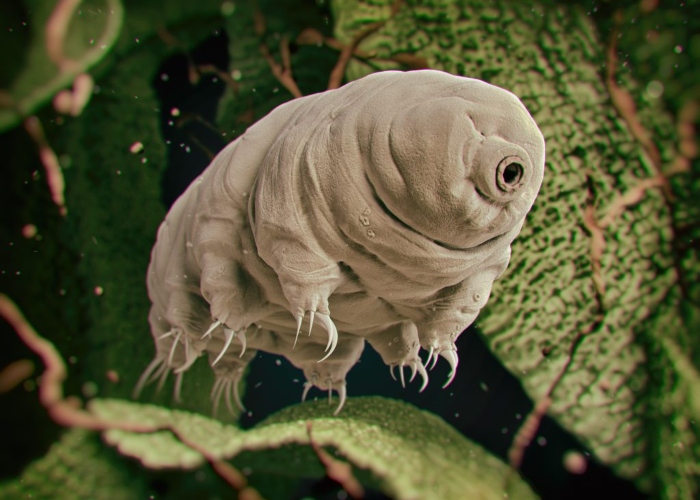When it comes to resilience and adaptability, few creatures can rival the extraordinary Tardigrade. Also known as “Water Bears” or “Moss Piglets,” these microscopic animals have captured the imagination of scientists and science enthusiasts alike. Why? Because Tardigrades are virtually indestructible! From surviving extreme temperatures to enduring the vacuum of space, the science behind these creatures is nothing short of astounding.
The Survival Artists: What Makes Tardigrades Indestructible?
Tardigrades have an almost mythical ability to survive in conditions that would be fatal to nearly all other life forms. They can withstand extreme environments ranging from the deep sea to the vacuum of outer space. When faced with inhospitable conditions, tardigrades go into a state called “cryptobiosis,” essentially shutting down their metabolism. In this state, they can endure temperatures as low as -328°F and as high as 300°F. They can also survive high levels of radiation, pressures six times greater than those found in the deepest ocean trenches, and even a decade without water!

A Cosmic Journey: Tardigrades in Space
In 2007, tardigrades became the first known animals to survive in space. A European Space Agency mission sent them into orbit, where they were exposed to the vacuum of space and cosmic radiation for ten days. Remarkably, many of the tardigrades survived the journey, some even producing viable offspring after returning to Earth. This experiment not only cemented the tardigrade’s reputation as an almost indestructible organism but also ignited discussions about the potential for life to exist in the most extreme corners of our universe.
The tardigrade, this unassuming microscopic animal, challenges our understanding of biological limits and survival. Its incredible resilience provides a fascinating glimpse into the possibilities of life—both on Earth and beyond. While scientists are still unraveling the intricacies of these incredible creatures, one thing is certain: the humble tardigrade continues to redefine our perceptions of what life can endure.